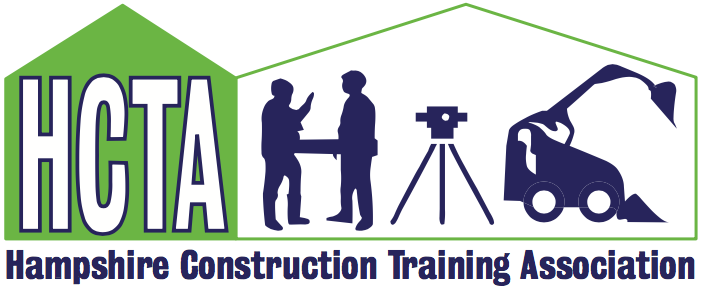Many employers are confused about what different qualifications mean, so here is a very basic guide for HCTA members!
The Level of a Qualification is an indication of the difficulty, with level 1 being the simplest (equivalent to a GCSE pass at grade 1,2or 3/DEFG). The highest level in England being level 8 which is equivalent to a doctorate.
Construction Qualifications for the trades are usually levels 2 (equivalent to GCSE grade 4-9/C-A*) and 3 (equivalent to A level) with Construction Site Supervision at level 4 (equivalent to HNC) and Construction Site Management at level 6 (equivalent to degree with honours).
Within each level there can be Awards, Certificates and Diplomas, these indicate the size of the qualification and the depth of knowledge covered within the subject.
An Award is the smallest and indicates a brief coverage of the subject which may take in the region of 130 hours of study. The Certificate indicates a more rounded coverage of the subject taking 130-370 hours of study and the Diploma is the most in-depth and indicates a comprehensive coverage of a subject which is expected to take over 370 hours of study.
Apprenticeships are available at all levels.
For more information about Qualification levels visit https://www.gov.uk/what-different-qualification-levels-mean/list-of-qualification-levels
In 2020 the new T level will be launched and will, in time, include onsite construction; design surveying and planning; maintenance, installation and repair. This technical qualification is aimed at 16+ students and will be equivalent to 3 A levels. They will be a mixture of classroom learning and ‘on-the-job’ experience and need an industry placement of approximately 45 days over the 2 years of study. More details on T levels will follow nearer their launch.
